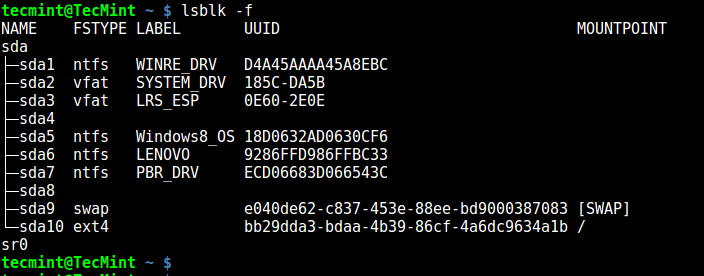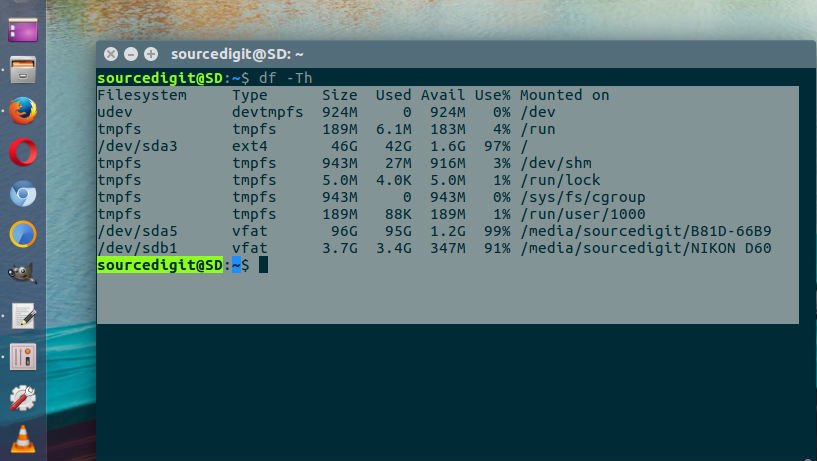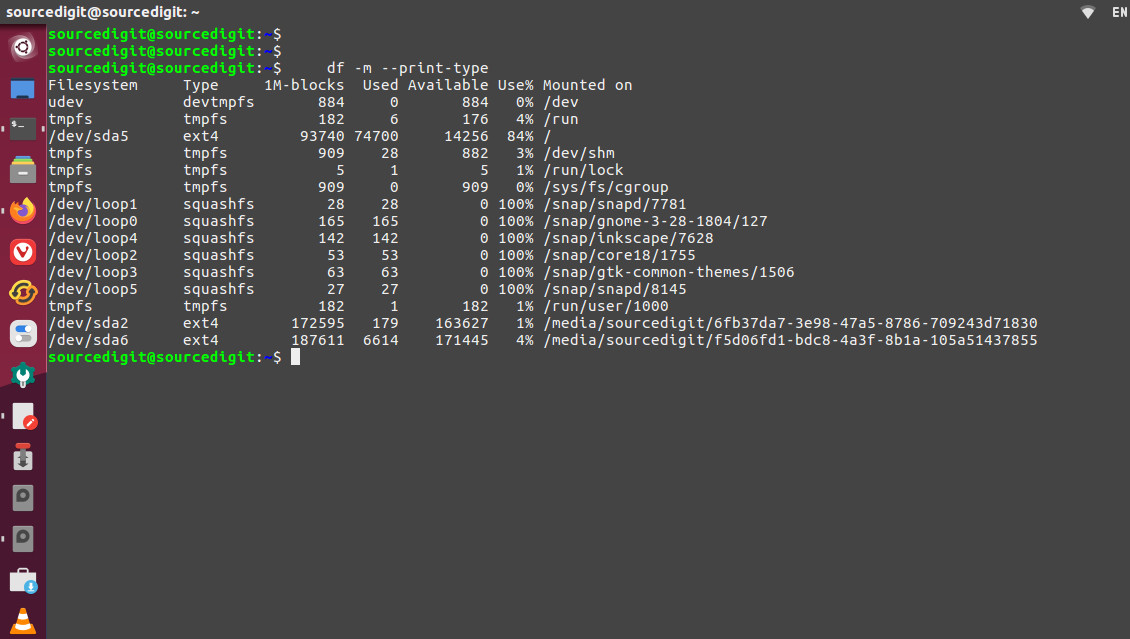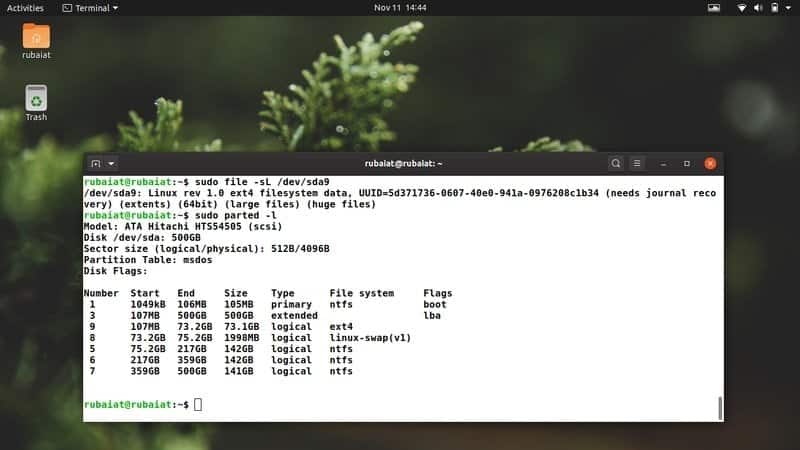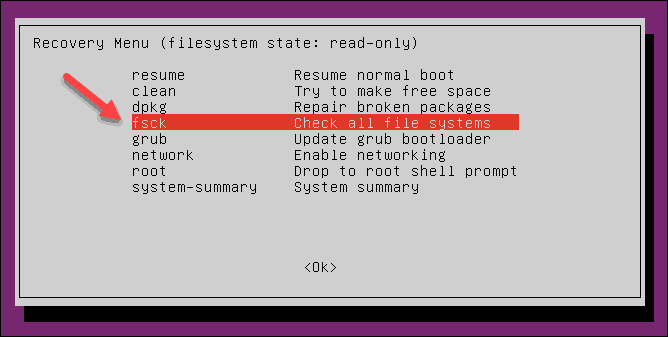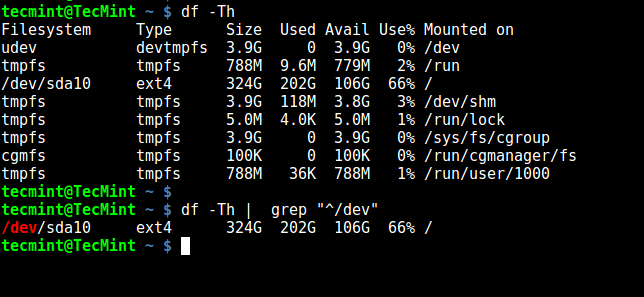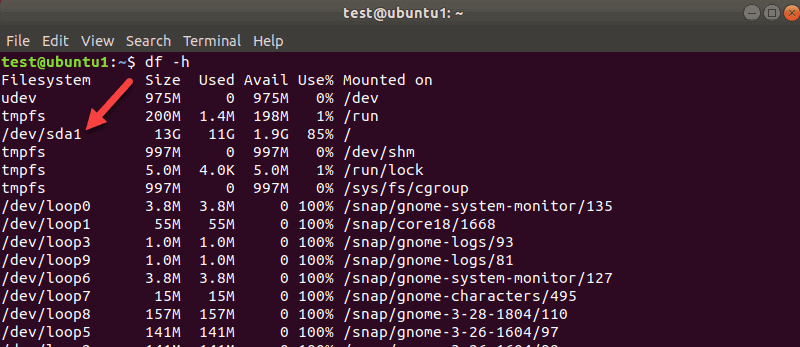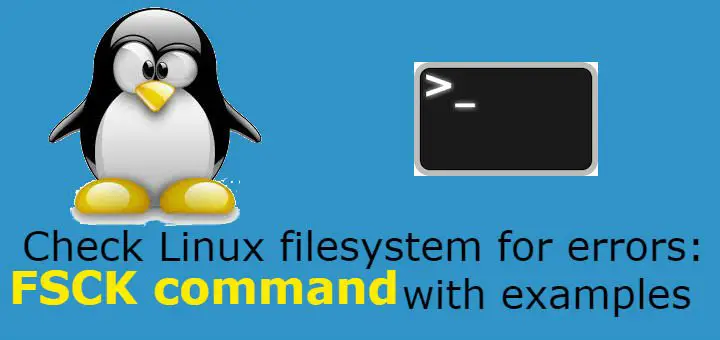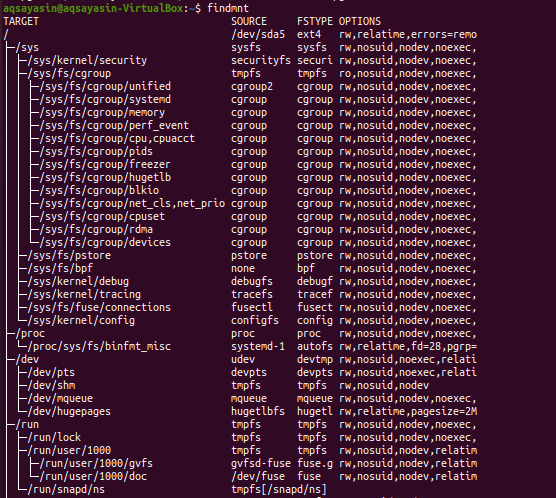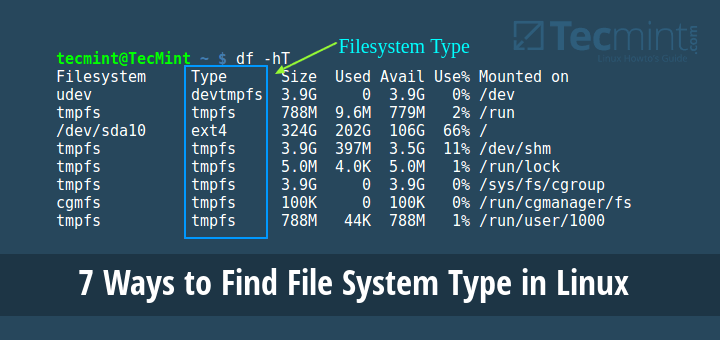Outrageous Info About How To Check Filesystem Linux

Xfs file system repair tool.
How to check filesystem linux. There are a few ways to find the filesystem type in linux. The most common way is to use the “df” command. Using df command to check file system type in linux.
Using mount command to check file system type. Type the fdisk command as follows (must be run as root): How do i check my filesystem?
Since the last check, this filesystem was mounted 157 times and maximum amount of mounts before next filesystem fsck check. View mounted disks and partitions; To check the file system, run the command:
Blobfuse allows you to access your existing block blob data in your storage account through the linux file system. Blobfuse is a virtual file system driver for azure blob storage. The windows subsystem for linux only runs on your system drive (usually this is your c:
Using df command df command reports file system disk space usage, to include the file system type. The lsblk command will show you. How to check and repair filesystem.
For our purpose, let's assume that you have already identified the problematic device /dev/sdb. To find the filesystem type of all (mounted and unmounted) the storage devices and partitions of your computer, run the blkid command as follows: The following linux commands can be used to check file size.
The fsck (stands for file system consistency check) is used to check and repair one or more linux filesystems. Using xfs_repair filesystem check and repair utility requires that the targeted filesystem partition is unmounted. 7 ways to determine the file system type in linux (ext2, ext3 or ext4) 1.
Using lsblk command to check file system type in linux. Run fsck for a specific filesystem. Run fsck on all filesystems:
Make sure that distributions are stored on your system drive: First, you need to make sure that. This command will show you a list of all the mounted filesystems.
Repair a usb disk and other removable devices. Run fsck to check for. When to use fsck in linux;

